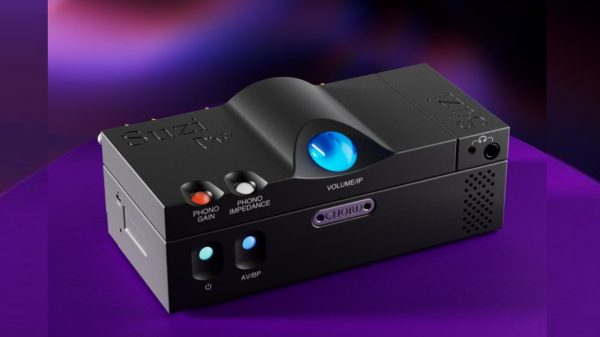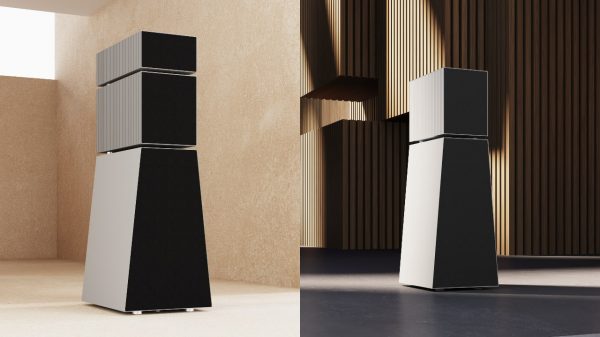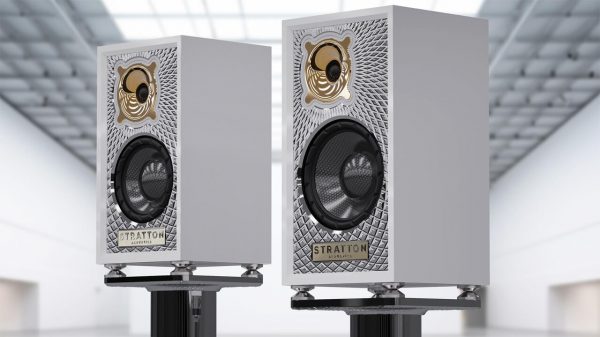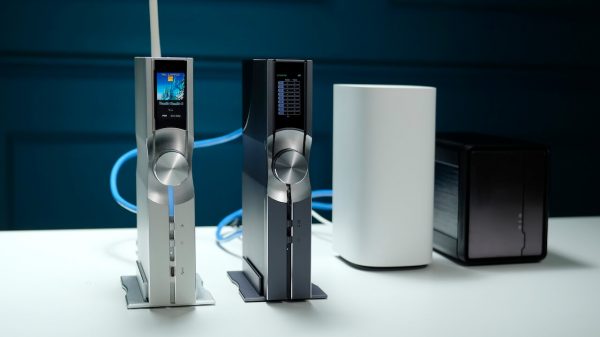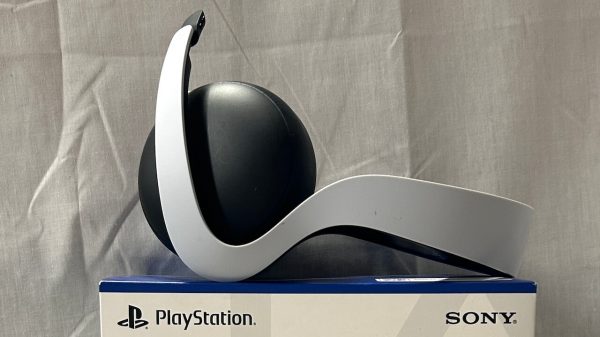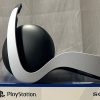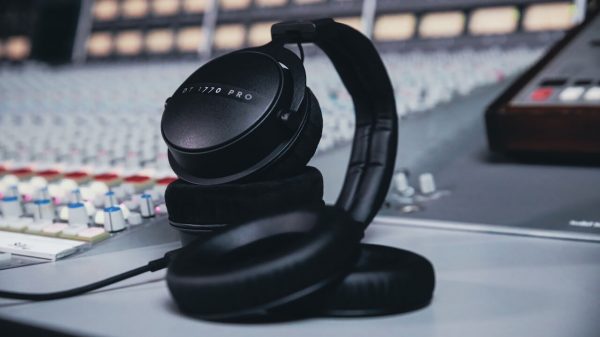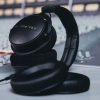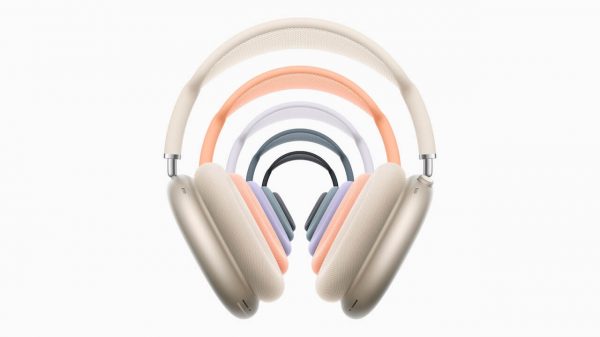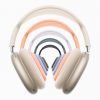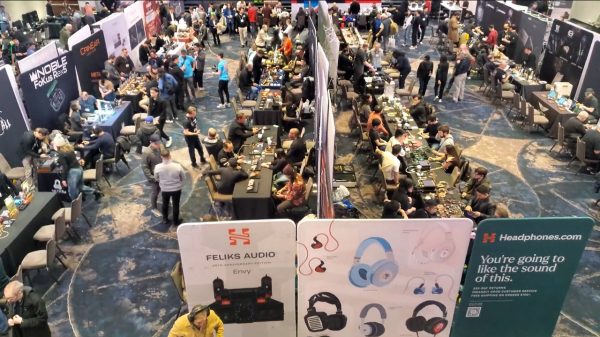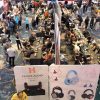Have you ever gone for an MRI? I’ve gone for 4 in my life and I can’t say that I enjoyed the experience very much. It’s not a very comfortable procedure; it’s hard to sit perfectly still when you’re nervous about a medical diagnosis and the existing technology makes it hard to relax and communicate with the MRI technician. When I took the train into NYC from NJ earlier this summer for a private headphone demonstration with the folks at Audeze, I wasn’t really prepared for what they were going to show me. The Audeze CRBN are a revolutionary electrostatic headphone solution for the world of neuroscience and my experience (having worked in the world of biomedical measurement and test equipment) tells me that they have something that will completely change how patients and technicians interact going forward.
You were expecting something as boring as true wireless headphones? Don’t be so fixated on music listening for a brief moment.
Over the years Audeze, whose R&D and manufacturing center is based in Orange County, CA, have developed award-winning Planar headphones coveted highly by musicians, sound engineers, and audiophiles for their high quality sound.

Long before the COVID-19 pandemic turned life on it head and took over 4 million people, the engineers at Audeze were already working on the CRBN electrostatic technology that would be developed into this breakthrough medical device. The pandemic may have forced them to deal with a huge increase in demand for their headphones with everyone stuck at home, but it did nothing to deter them from their mission of creating these incredible new headphones.
The technology has been adapted for a flagship consumer headphone that you can read about here, but the CRBN headphone for neuroscience is the star of the show for now.
The Backstory
Prof. Mark S. Cohen Ph.D., UCLA Department of Psychiatry, Neurology Radiology, Psychology, Biomedical Physics and BioEngineering, is a pioneer in the field of magnetic resonance imaging (MRI) and neuroscience. He is also the Co-Founder and Chief Scientist at SMRT Image where he is helping to solve some of the most challenging patient comfort problems with MRI.
Working with Dr. Cohen and his team at SMRT Image, Audeze helped develop new headphones that alleviate many of the acoustic issues associated with MRI testing.
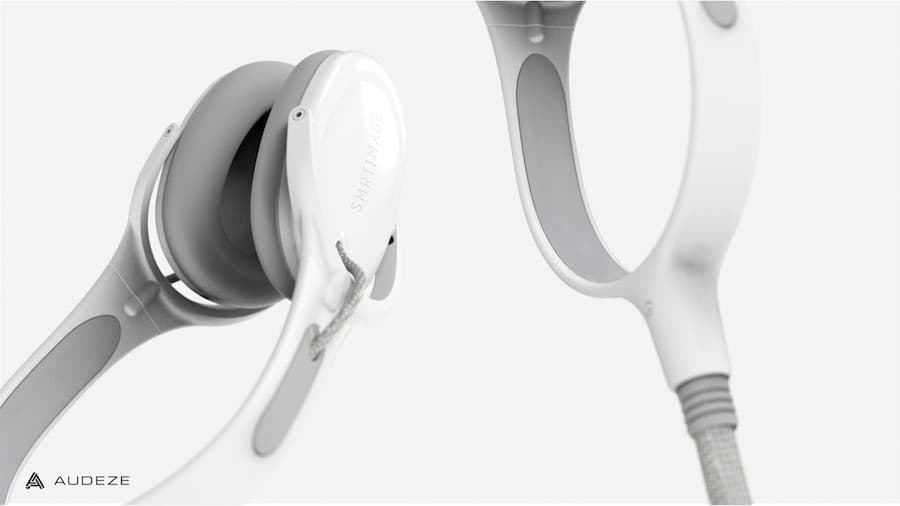
The Problem:
Patient anxiety and discomfort due to noise and claustrophobia are significant challenges in MRI. In such exams, when patients do not remain still, motion artifacts often degrade the images and can even make the scans unusable for diagnostic purposes. Stress and anxiety can cause patients to abort a scan, or to refuse studies altogether. MRI machines are extremely loud: their sound pressure levels can exceed 120 dB, similar to a jack hammer a few feet away.
MRI machines are by nature an exceptionally hostile environment for any electronics. They require enormous magnetic and electrical fields to make their medical images. Further, MRI scans are highly sensitive to electrical noise, which can compromise image quality. Because of this, any headphones used inside the scanners must be devoid of any ferrous materials. Moreover, eddy currents can also be induced in metal parts, creating image quality problems.
CRBN Headphones:
Audeze created a new transducer technology, from the ground up, to eliminate the problems with use in MRI. Starting with a patented thin-film diaphragm with embedded Carbon Nanotubes that provide an ideal environment for electrostatic charge, the headphones use electrostatic force to create sound. This design solves many of the inherent issues with coated diaphragms that have been used in previous electrostatic speaker designs over the last century.

Coping with the Noise:
Acoustic noise cancellation (ANC) works by creating a signal that is opposite to the noise signal. To cancel the extremely high levels of noise in the MRI units, Audeze team created very high SPL transducers that are also very accurate; a critical requirement for effective ANC.
User-Centric design:
The SMRTImage team worked with a variety of MRI labs to refine the design of the headphones to be compatible with the majority of scanners and exams – usable with body coils, surface coils, and some head coils.
The Audeze/SMRT over-the-ear models provide state-of-the-art passive and active noise reduction techniques. Audeze’s new CRBN films are very versatile, and can be used to create transducers of different sizes including smaller headphones that fit smaller heads of pediatric patients.

“CRBN headphones was a chance for us to make headphones that have a purpose and measurable social impact” says Audeze CEO Sankar Thiagasamudram.
The CRBN headphones are integrated into the Lumica AV system from SMRTImage that provides images and movies in addition to audio and communication options, resulting in a fully-immersive audiovisual experience that is both comforting and distracting for the anxious MRI patient.
“What we set out to do at SMRT was create a tranquil patient experience within a very hostile environment,” says Tylor Garland, CEO of SMRT Image. “Our ability to produce a hi-fi AV product that is MR compatible, and which a patient can comfortably wear over the course of a long scan in a confined environment, was very tricky. We were lucky to find Audeze to help us with our solution,” he added.

A recent study, reported by Dr. Lawrence Tanenbaum of RadNet, has demonstrated the effectiveness. In a controlled survey study of 295 imaging subjects, using scanners from both Siemens and General Electric, patients reported significant improvements in their Comfort, Anxiety, and overall experience. Remarkably, when using the Lumica AV System, these same patients even reported decreases in the perceived exam duration.
I’ve had a chance to examine the Audeze CRBN Electrostatic headphones and I was impressed with how the team has engineered the product to survive the rather rigorous demands on a MRI facility (these are very expensive products that need to last and completely change the experience for patients and technicians) and how they are able to manufacture the product in-house in California.
I’m also impressed with their ability to utilize their technology outside of consumer audio/video applications in a much more demanding environment in a manner that will genuinely help people.
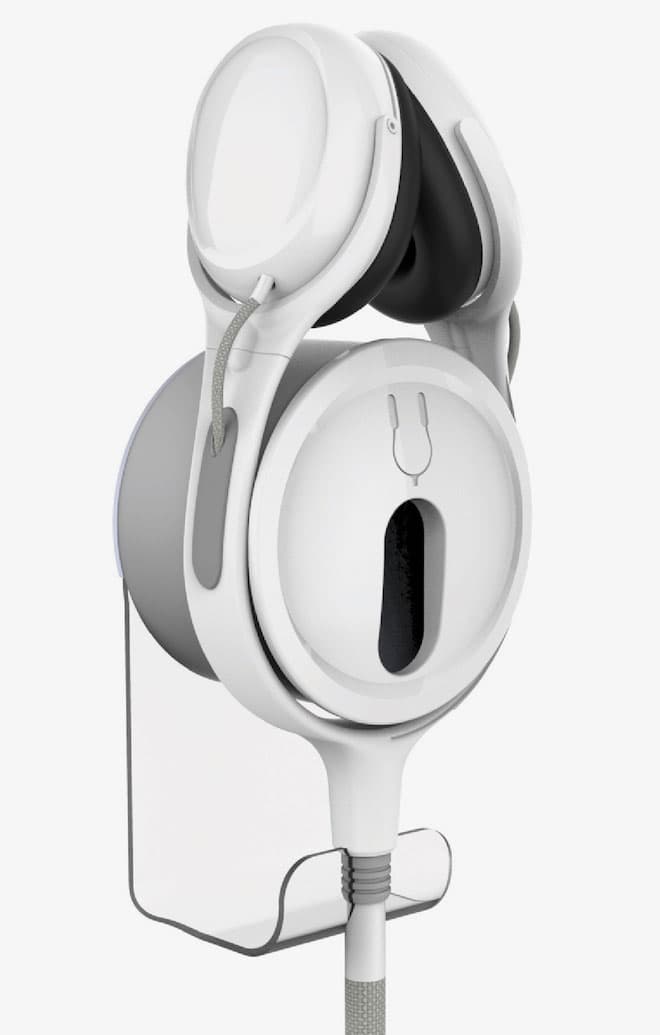
The next time you have to visit a hospital for an MRI, don’t be surprised if the technician hands you a pair of Audeze CRBN electrostatic headphones for the procedure — this is going be a huge step forward.
For more information: audeze.com


